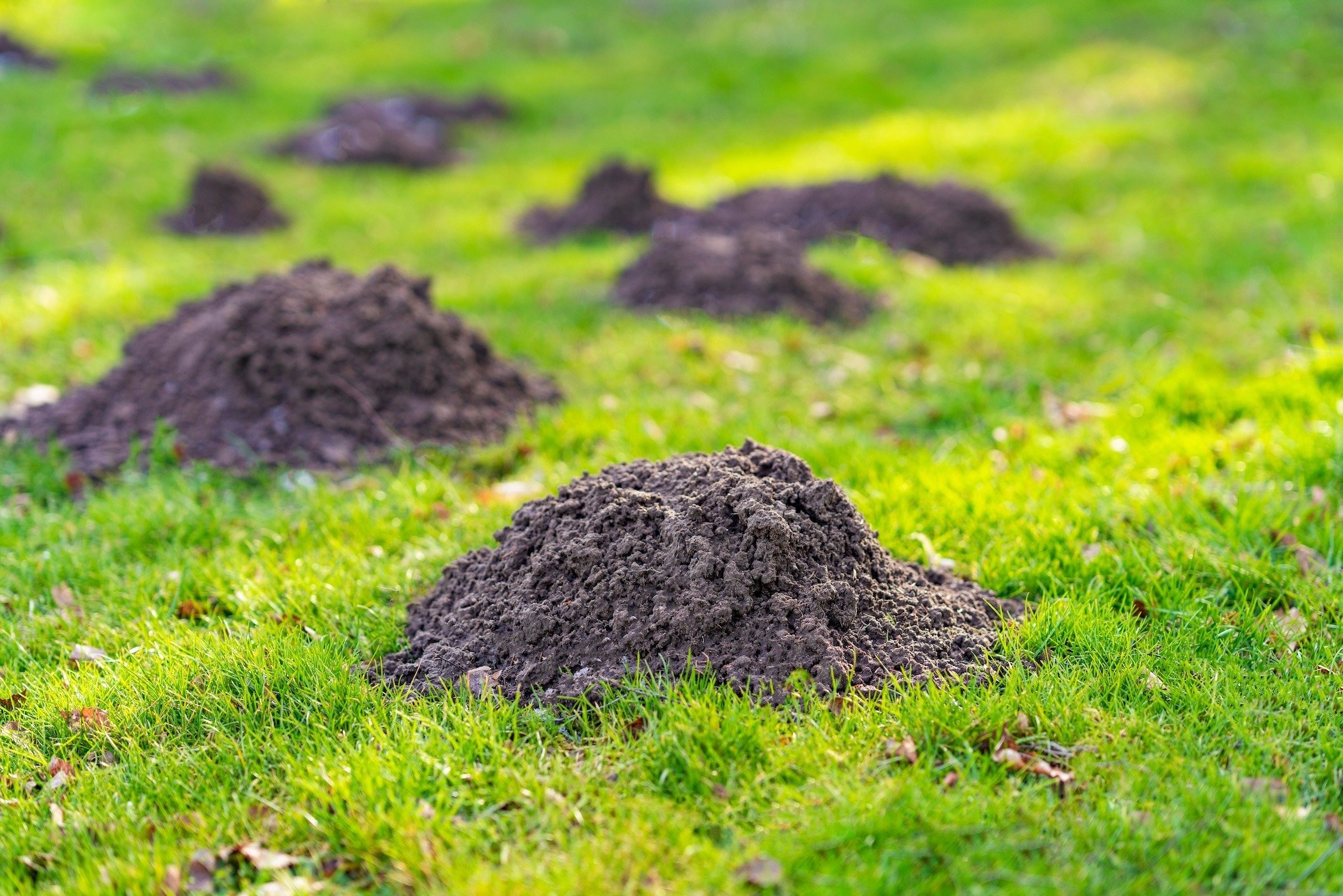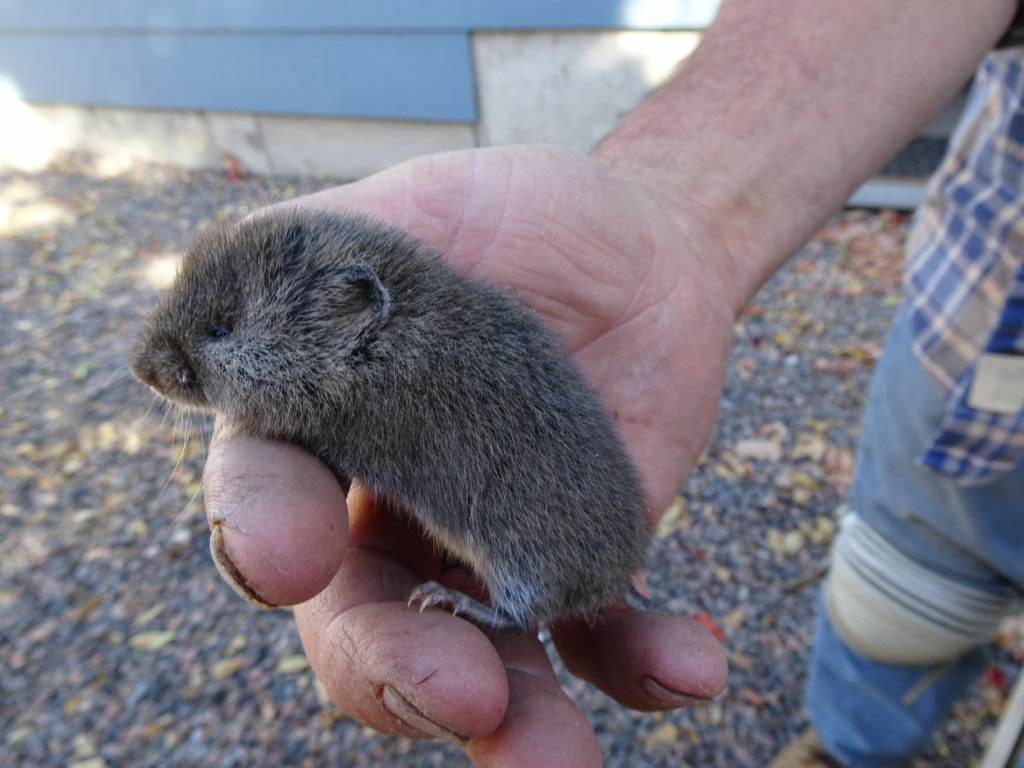Vole Yard Damage Solutions: Effective Control Techniques
Vole Yard Damage Solutions: Effective Control Techniques
Blog Article
Comprehensive Guide to Efficient Vole Bug Control: Problem Identification and Treatment Approaches
In the world of reliable bug control, vole infestations present a distinct difficulty that requires a tactical technique. These small rats, commonly mistaken for computer mice, can inflict mayhem on gardens, yards, and crops if left untreated. Identifying the indicators of vole presence and applying targeted treatment approaches are necessary elements of an effective bug administration strategy. By exploring the subtleties of vole habits, recognizing crucial indicators of invasion, and reviewing a variety of control alternatives, one can develop a comprehensive method to fight these evasive pests.
Comprehending Vole Actions
Vole behavior is characterized by their delving behaviors and quick reproduction rates, making them a challenging parasite to regulate properly. Their quick reproductive price additional makes complex control initiatives, with ladies qualified of producing multiple litters in a single year, each containing a number of children.
Recognizing vole behavior is vital for effective insect control approaches. By identifying their burrow places, checking feeding areas, and carrying out targeted control methods, such as trapping or environment adjustment, vole problems can be managed effectively.
Indicators of Vole Infestation

Avoidance Strategies
Executing effective prevention strategies is critical in lessening vole problems and securing greenery from their damaging feeding habits. To prevent vole problems, it is crucial to begin by eliminating prospective food resources and shelter.
Frequently evaluating the building for indications of vole task, such as paths and burrow openings, is crucial for very early detection and prompt activity. If vole activity is suspected, take into consideration utilizing repellents or traps purposefully positioned near their pathways.
Non-Lethal Control Approaches
To properly handle vole populations while focusing on humane approaches, non-lethal control strategies use sensible solutions for decreasing vole damage in landscapes and gardens. One effective method is using physical barriers such as hardware fabric or cord mesh to protect prone plants. These obstacles can be hidden at the very least 12 inches curved and deep at a 90-degree angle to avoid voles from burrowing underneath. Additionally, habitat modification can try this website discourage voles by minimizing their favored food resources and concealing places. Maintaining a well-mowed yard, eliminating particles, and maintaining vegetation cut can make the environment less enticing to voles.

Lethal Control Options
One effective technique for attending to vole invasions in gardens and landscapes entails the critical blog here usage of deadly control options. When faced with an extreme vole problem that non-lethal techniques have failed to contain, applying deadly control steps becomes crucial. On the whole, when utilizing lethal control alternatives, it is necessary to do so properly and in accordance with neighborhood guidelines to efficiently manage vole problems.
Final Thought
To conclude, reliable vole insect control requires an extensive understanding of vole actions, identification of indicators of invasion, application of avoidance methods, and application of both non-lethal and dangerous control methods. By integrating these approaches, people can effectively handle vole populations and secure their building from damage. It is very important to deal with vole infestations without delay to stop additional problems and minimize the effect on the surrounding atmosphere.
Given the detailed tunnel systems and rapid recreation prices characteristic of voles, acknowledging the indicators of vole infestation ends up being essential in efficient parasite control. One of the primary signs of vole visibility is the presence of surface paths or routes in grass or snow, normally concerning 1-2 inches wide, created as voles take a trip in between their burrows and food sources.To successfully manage vole populaces while prioritizing humane techniques, non-lethal control approaches offer practical services for reducing vole damages in landscapes and gardens.One efficient method for dealing with vole infestations in gardens and landscapes includes the tactical use of lethal control alternatives. vole control.In conclusion, reliable vole bug control calls for a comprehensive check out here understanding of vole behavior, identification of signs of problem, implementation of avoidance approaches, and application of both lethal and non-lethal control approaches
Report this page